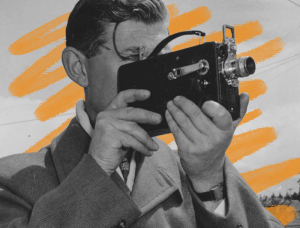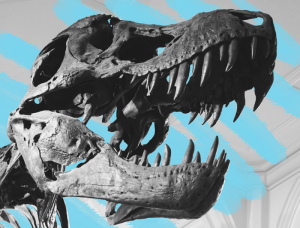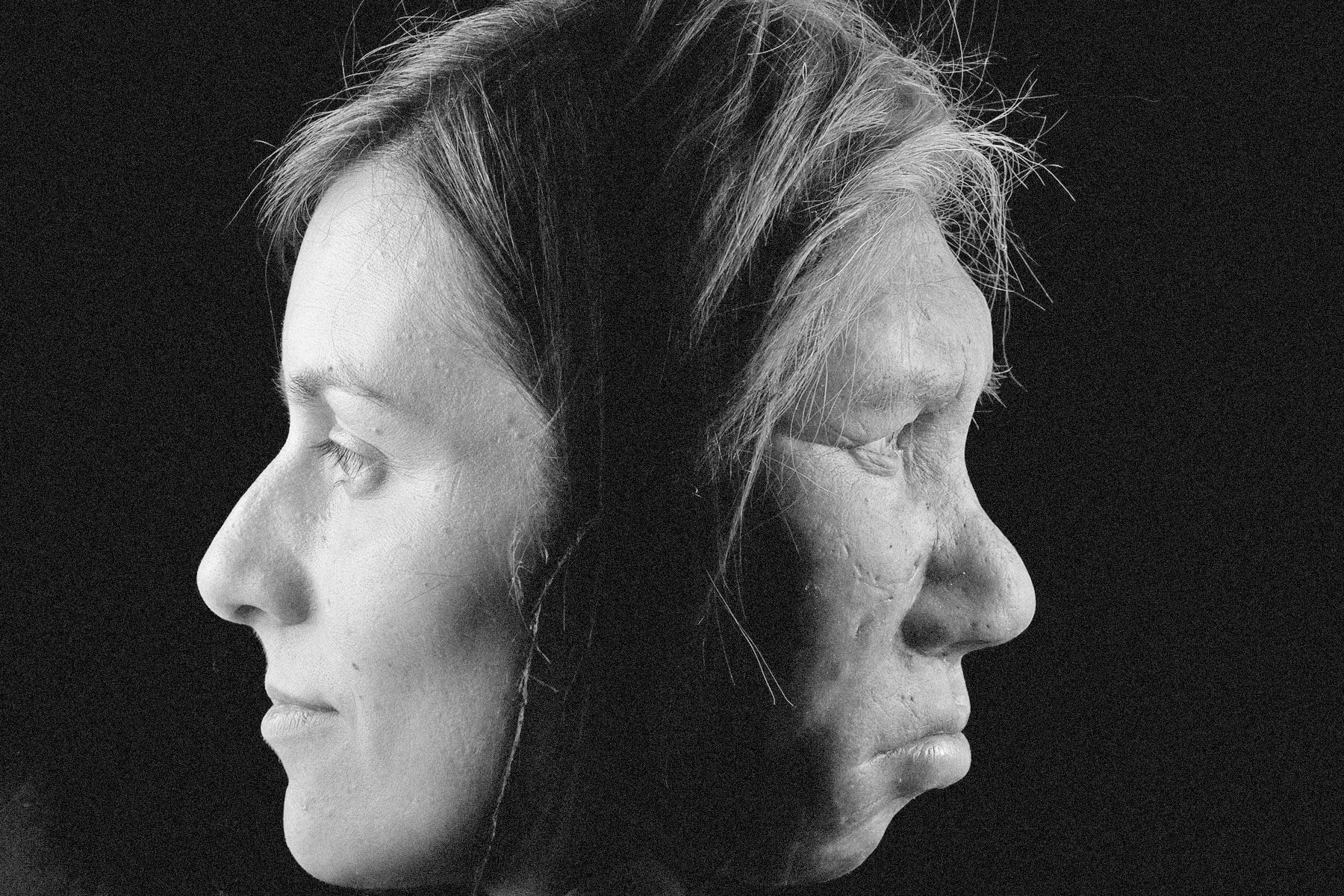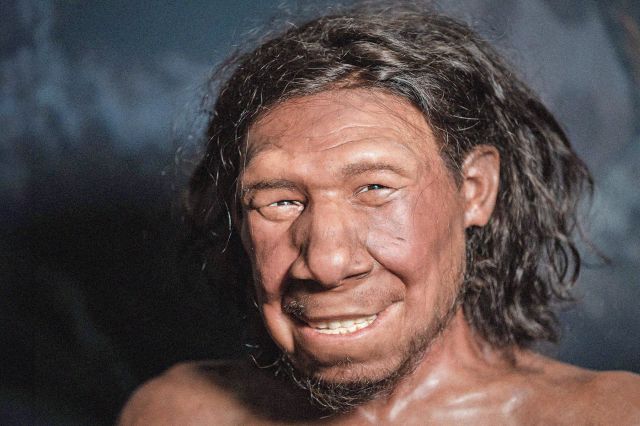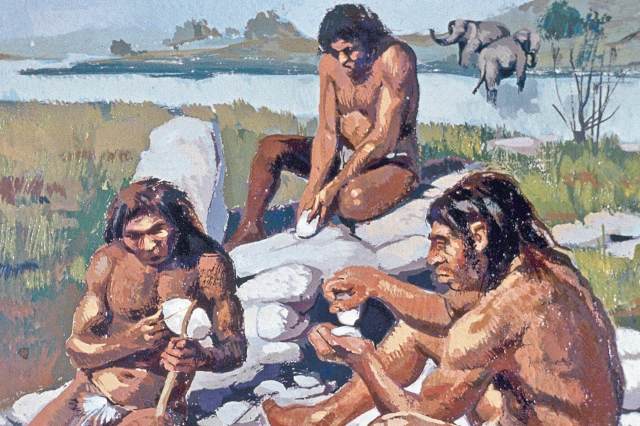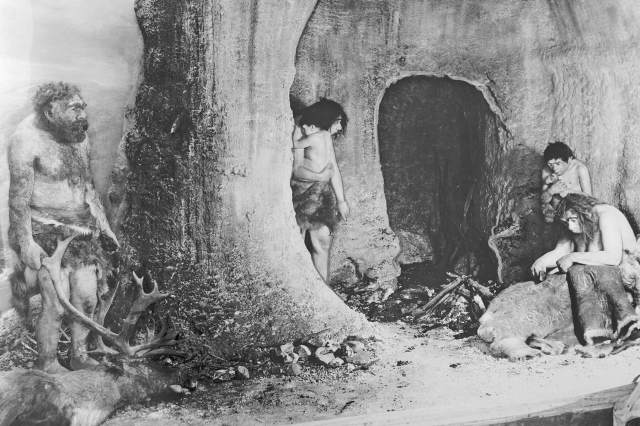What’s the Difference Between Homo Sapiens and Neanderthals?
When our prehistoric ancestors first emerged some 300,000 years ago, at least nine species of humans walked our planet. These included Homo sapiens (that’s us) as well as Homo habilis, Homo erectus, Homo antecessor, Homo floresiensis (nicknamed “the hobbits”), and Homo neanderthalensis. This latter species, otherwise known as the Neanderthals, is arguably the most famous of all our distant cousins. They are, after all, our closest extinct human relatives.
Fossil and genetic evidence indicates that Neanderthals and Homo sapiens evolved from a common ancestor between 700,000 and 300,000 years ago. And Neanderthal DNA is 99.7% identical to present-day human DNA. But the similarities don’t end there. Like Homo sapiens, Neanderthals lived in shelters, used fire in a controlled manner, and hunted and used tools. They may have even made art, including engravings and jewelry, although that remains an ongoing debate. We also know that Homo sapiens and Neanderthals interbred, and that all modern humans likely have some Neanderthal DNA.
Despite these similarities, there are a number of differences between Neanderthals and our early ancestors, ranging from their physical features to their way of living.
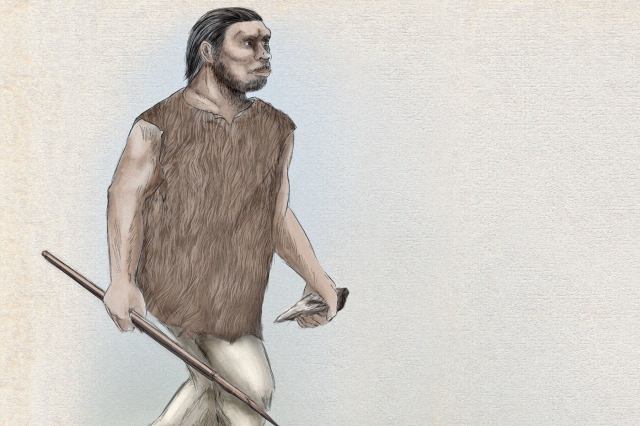
Body Shape
Fossil remains show that Neanderthals were shorter and stockier than us. Their bodies were thicker and broader, with a wider pelvis, more muscle, and heavier bones. It’s possible that this larger physical build came about as an adaptation to the ice age, as the bigger build would have helped to consolidate heat in cold environments. A recent study of the fossilized teeth of eight Neanderthal children suggests the species may also have matured physically faster than us, reaching adulthood a few years before modern human children do.



